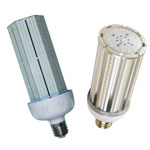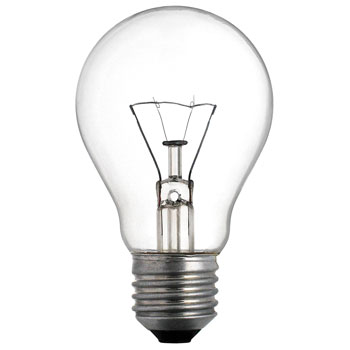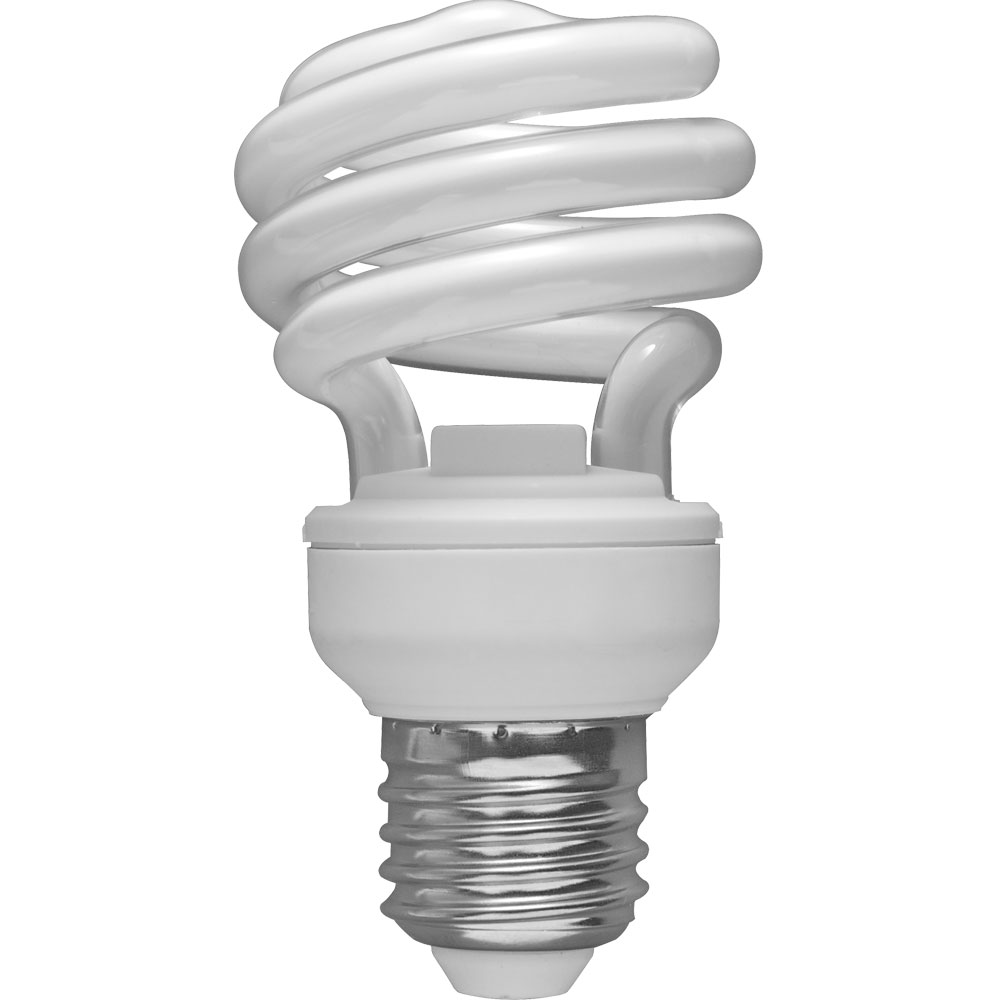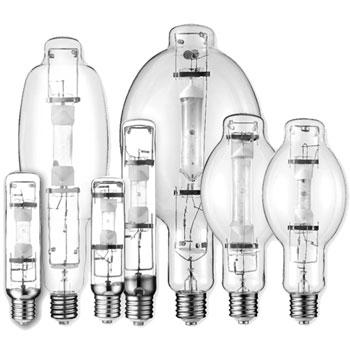Shopping Cart - 0 Item
You have no items in your shopping cart.
Switching to LED lighting might be the best investment you can do
You are now overpaying to illuminate your facility, at least double of what you will pay if you switch to LED lighting technology.
Take 15 minutes to complete the Site Survey of your building and we will get back to you with a preliminary proposal and your personal ROI at no cost.
Use LEDRADIANT financial services to pay your investment in LED lighting with a portion of the savings this amazing technology brings.
Click Financing Application Form, fill it in completely, print it, sign it and fax it back to 305-901-1314 or scan it and e-mail it to [email protected].
Need to prove it first, don't want to switch all at once or would like to test before you commit? No problem, we are sure you will love it. Give us a call to arrange your test.
At one point in time you will need to fix all the fixtures, as bulbs burn and/or lose efficiency. Do partial retrofitting only on a sector where bulbs already need to be replaced. Once you see the results we are sure you and your employees will be willing to switch to LED.
EPACT 179. Ask your accountant, you might qualify.
There may be tax benefits to investing in LED lighting.
The Energy Policy Act of 2005 enacted a unique energy tax deduction known as EPAct 179D, as a reward for commercial building owners and designers of energy efficient facilities, for taking the initiative to build for a healthier and a more environmentally friendly future by reducing energy and total power costs of buildings. The deduction can be up to $1.80 per square foot, depending on the reduction in energy usage compared to the ASHRAE 90.1-2001 standard. The deduction can be taken by commercial building owners, designers and even tenants. This tax deduction applies to new construction or any building that has been modified after January 1, 2006 to qualify as an energy efficient building.
For More Information Pertaining to EPAct 179D Energy Tax consult your accountant.
Comparison Chart
LED Lights vs. Incandescent Light Bulbs vs. CFLs
|
|
Light Emitting Diodes (LEDs) |
Incandescent Light Bulbs |
Compact Fluorescents (CFLs) |
(HIDs) |
| ENERGY EFFICIENCY & ENERGY COSTS |
Used 12 hours a day
|
|||
|
Life Span (average)
|
50,000 hours
|
1,200 hours
|
8,000 hours
|
10,000 hours
|
|
Watts of electricity used
(equivalent to 60 watt bulb). LEDs use less power (watts) per unit of light generated (lumens). LEDs help reduce greenhouse gas emissions from power plants and lower electric bills. |
8 watts
|
100 watts
|
27 watts
|
35 watts equivalent
|
|
Kilo-watts a year
(12 hrs a day) |
35 KWh/yr.
|
438 KWh/yr.
|
96 KWh/yr.
|
153 KWh/yr.
|
|
Annual Operating Cost
(12 hrs a day) |
$3.85
|
$48.18
|
$10.60
|
$16.86
|
| ENVIRONMENTAL IMPACT | ||||
|
Contains the TOXIC Mercury
|
No
|
No
|
Yes - Mercury is very toxic to your health and the environment
|
Yes - Even extra parts slike ballast
|
|
RoHS Compliant
|
Yes
|
Yes
|
No - contains 1mg-5mg of Mercury and is a major risk to the environment
|
Not totally
|
|
Carbon Dioxide Emissions
Lower energy consumption decreases CO2 emissions, sulfur oxide, and high-level nuclear waste. |
43 pounds
|
534 pounds
|
118 pounds
|
187 pounds
|
|
Sensitivity to low temperatures
|
None
|
Some
|
Yes - may not work under negative 10 degrees Fahrenheit or over 120 degrees Fahrenheit
|
Yes - Takes longer to start in low temperatures
|
|
Sensitive to humidity
|
No
|
Some
|
Yes
|
Some
|
|
On/off Cycling
Switching a CFL on/off quickly, in a closet for instance, may decrease the lifespan of the bulb. |
No Effect
|
Some life span reduction
|
Yes - can reduce lifespan drastically
|
Some life span reduction
|
|
Turns on instantly
|
Yes
|
Yes
|
No - takes time to warm up
|
No - takes time to warm up
|
|
Durability
|
Very Durable - LEDs can handle jarring and bumping
|
Not Very Durable - glass or filament can break easily
|
Not Very Durable - glass can break easily
|
Not Very Durable - glass can break easily
|
|
Heat Emitted
(BTU's an hour) |
11
|
310
|
55
|
84
|
|
Failure Modes
|
Not typical
|
Some
|
Yes - may catch on fire, smoke, or emit an odor
|
Yes - may catch on fire, smoke, or emit an odor
|
|
LIGHT OUTPUT*1
|
||||
|
Lumens
|
Watts
|
Watts
|
Watts
|
Watts
|
|
650
|
5
|
60
|
20
|
35 (halogen)
|
|
1,000
|
8
|
100
|
27
|
50 (halogen)
|
|
1,250
|
10
|
150
|
40
|
100 (halogen)
|
|
1,500
|
12
|
150
|
42
|
100 (halogen)
|
|
2,300
|
18
|
200
|
75
|
100
|
|
2,800
|
22
|
300
|
100
|
150
|
|
3,500
|
27
|
150
|
150
|
150
|
|
2,800
|
36
|
400
|
150
|
175
|
|
7,100
|
54
|
650
|
200
|
250
|
|
7,700
|
60
|
700
|
200
|
310
|
|
10,200
|
|
400
|
||
|
12,800
|
100
|
450
|
||
|
15,300
|
120
|
600
|
||
|
19,200
|
150
|
750
|
||
|
25,500
|
200
|
1,000
|
||
|
32,000
|
250
|
1,000
|
||
|
41,000
|
320
|
|||
*1: LED Lumens calculated with an average of 128 lumens per watt. Depending on the type of LED, output could be less or more.



















